Pediatric and Congenital Cardiac Surgery
- Home
- Pediatric and Congenital Cardiac Surgery
Pediatric and Congenital Cardiac Surgery
Pediatric congenital heart surgery focuses on the diagnosis and treatment of heart conditions in children, including congenital defects present at birth. In India, significant achievements in this field include pioneering complex surgeries such as single ventricle repair and innovative interventions. Institutions across the country have developed world-class facilities and expertise, making Indian heart centers world leaders in pediatric cardiac care and significantly improving survival rates and quality of life for young patients. Accessing the best pediatric cardiac care in India is easy with Medkins Healthcare, which guides you to the best pediatric cardiologists, surgeons and hospitals and supports you throughout the treatment.
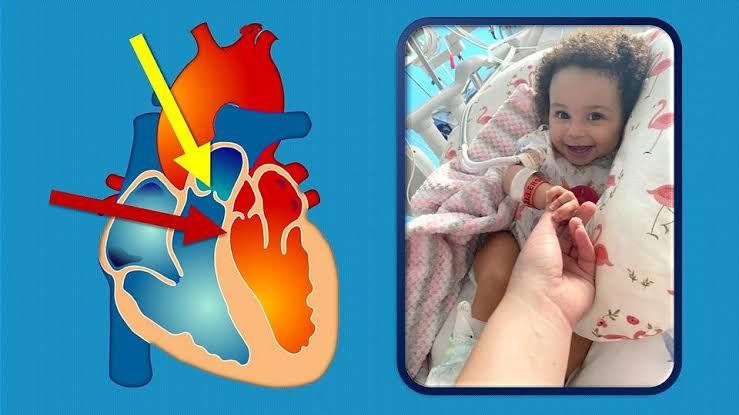
Diseases Treated by Pediatric and Congenital Cardiac Surgery
Congenital Heart Defects
– Structural abnormalities of the heart present at birth. Common types include:
– Atrial Septal Defect (ASD): A hole in the wall between the two upper chambers of the heart (atria).
– Ventricular Septal Defect (VSD): A hole in the wall between the two lower chambers of the heart (ventricles).
– Tetralogy of Fallot (ToF): A combination of four heart defects including ventricular septal defect, pulmonary stenosis, right ventricular hypertrophy, and an overriding aorta.
– Transposition of the Great Arteries (TGA): A condition where the two main arteries leaving the heart are switched.
– Coarctation of the Aorta: Narrowing of the aorta, restricting blood flow.Patent Ductus Arteriosus (PDA)
– A condition where the ductus arteriosus, a blood vessel that should close shortly after birth, remains open, causing abnormal blood flow between the aorta and pulmonary artery.Total Anomalous Pulmonary Venous Return (TAPVR)
– A congenital defect where the pulmonary veins do not connect normally to the left atrium, leading to improper oxygenated blood flow.Hypoplastic Left Heart Syndrome (HLHS)
– A severe condition where the left side of the heart is underdeveloped, impacting its ability to pump blood effectively to the body.Double Outlet Right Ventricle (DORV)
– A congenital heart defect where both the aorta and pulmonary artery arise from the right ventricle, rather than the aorta arising from the left ventricle.Ebstein’s Anomaly
– A rare heart defect where the tricuspid valve, which separates the right atrium from the right ventricle, is malformed and positioned lower than normal.Truncus Arteriosus
– A condition where a single large vessel comes out of the heart instead of the normal two (aorta and pulmonary artery), causing mixing of oxygenated and deoxygenated blood.Pulmonary Atresia
– A congenital defect where the pulmonary valve, which controls blood flow from the right ventricle to the lungs, is obstructed or absent.Aortic Stenosis
– Narrowing of the aortic valve, which obstructs blood flow from the left ventricle to the aorta.
Conditions Treated by Pediatric and Congenital Cardiac Surgery
- Complex Congenital Heart Disease: Various severe congenital anomalies requiring surgical correction or palliation.
- Critical Congenital Heart Disease: Life-threatening defects that often require immediate surgical intervention after birth.
- Post-Operative Complications: Issues arising from previous surgeries or interventions, such as residual defects or valve dysfunction.
Procedures in Pediatric and Congenital Cardiac Surgery
Atrial Septal Defect (ASD) Repair – Surgical closure of a hole in the wall between the atria using a patch or device to restore normal blood flow.
Ventricular Septal Defect (VSD) Repair – Surgical closure of a hole between the ventricles, often using a patch, to correct abnormal blood flow and improve heart function.
Tetralogy of Fallot (ToF) Repair – A complex surgery to correct the four defects associated with ToF, including repair of the ventricular septal defect, widening of the outflow tract, and correction of right ventricular hypertrophy.
Transposition of the Great Arteries (TGA) Correction – Surgical procedure to switch the positions of the aorta and pulmonary artery to restore normal blood flow, often done via the arterial switch operation.
Coarctation of the Aorta Repair – Surgical correction of the narrowed segment of the aorta to restore normal blood flow, often involving resection and end-to-end anastomosis or the use of a patch.
Patent Ductus Arteriosus (PDA) Closure – Closure of the ductus arteriosus using a catheter-based device or through open-heart surgery to stop abnormal blood flow.
Total Anomalous Pulmonary Venous Return (TAPVR) Repair – Surgical correction of the abnormal pulmonary vein connections to the left atrium, typically involving re-routing or reattachment of the veins.
Hypoplastic Left Heart Syndrome (HLHS) Reconstruction – A series of staged surgeries (such as the Norwood procedure, Glenn shunt, and Fontan procedure) to reconstruct the heart and establish proper blood flow.
Double Outlet Right Ventricle (DORV) Repair – Surgical correction to re-route the aorta and pulmonary artery to their correct positions, often involving additional procedures like VSD closure.
Ebstein’s Anomaly Repair – Surgical procedures to correct the malformed tricuspid valve, potentially including valve reconstruction or replacement.
Truncus Arteriosus Repair – Surgical separation of the single vessel into the aorta and pulmonary artery, along with closure of associated ventricular septal defects.
Pulmonary Atresia Repair – Surgical procedures to create a functional connection between the right ventricle and pulmonary arteries, often involving valve replacement or reconstruction.
Aortic Stenosis Repair – Surgical intervention to relieve the obstruction at the aortic valve, which may involve valve replacement or repair.
Hybrid Procedures – Combined surgical and catheter-based approaches for managing congenital heart defects, such as using stents in conjunction with surgical repairs.
Cardiac Catheterization – A diagnostic and interventional procedure to evaluate and treat congenital heart defects via catheter-based techniques.
Our Focused Specialties
Multi-Specialty Care Hub
Discover India’s diverse multi-specialty health departments and treatments. We’re dedicated to ensuring a healthier tomorrow, navigating the dynamic realm of Indian healthcare. Our wide range of specialties includes top-notch hospitals, selected based on quality and healthcare facilities. Join us for a personalized journey to optimal health and wellness.
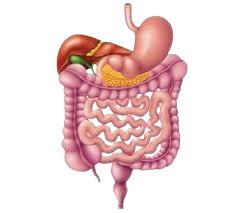
Gastro-intestine
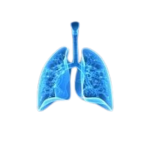
Pulmonology

Ophthalmology
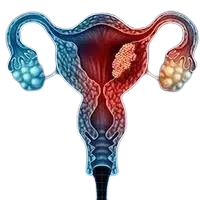
Gynaecology
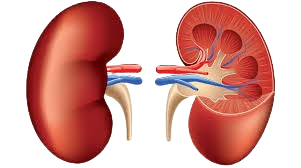
Nephrology
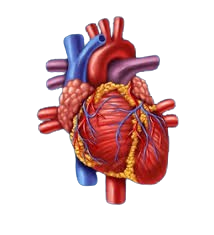
Cardiac
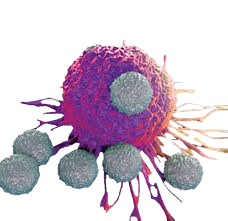
Hematology

Neurology
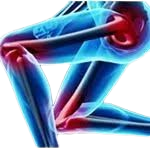
Bone & Joint
Looking for an expert !
Our Healthcare is home to some of the eminent doctors in the world

Dr Rajesh Sharma

Dr Sandeep Vaishya

Dr Sandeep Vaishya

Dr Rajesh Sharma

Dr Rajesh Sharma
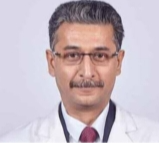
Dr Sandeep Vaishya
Easy Access Links
- International Patients
- We & Why
- Core Specialites
- Common Procedures
- Hospitals
- Doctors
- Treatment Locations
- Way To Healing
- Wise to ask before
- Comfort and Satisfaction
